Why Marine Insurance Is Essential for Shipping Electronics Safely?
Why Marine Insurance Is Essential for Shipping Electronics Safely? Shipping electronics is not the same as shipping generic cargo. Circuitry, displays, batteries and precision assemblies are vulnerable to moisture, shock, ESD, temperature swings and theft — and a single failure in the cold chain, handling or documentation can turn a profitable shipment into a total […]
How to Insure Perishable and Temperature-Sensitive Cargo?
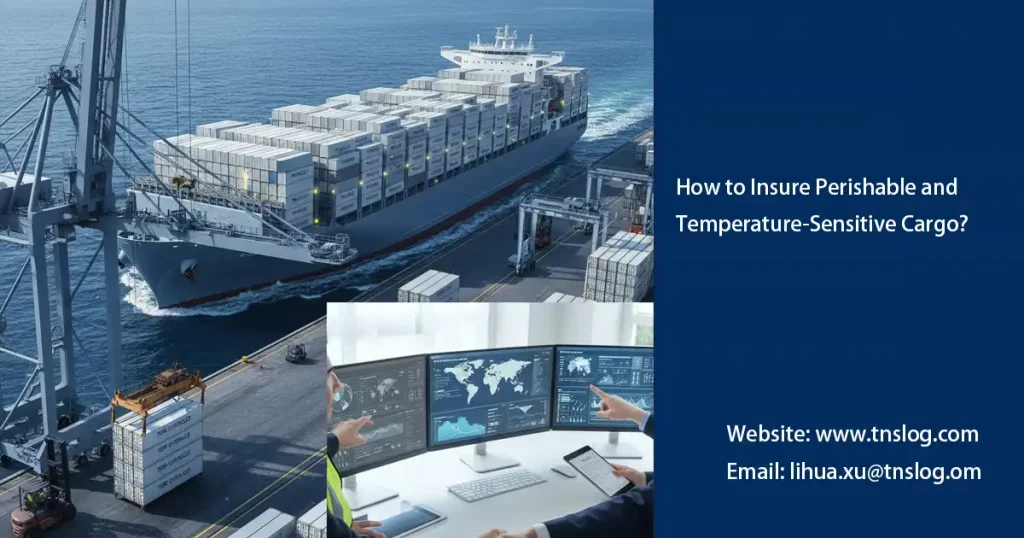
How to Insure Perishable and Temperature-Sensitive Cargo? Shipping perishable and temperature-sensitive cargo, such as fresh produce, seafood, frozen foods, and pharmaceuticals, carries unique challenges that standard marine insurance cannot fully cover. Have you ever considered the financial and reputational impact if your refrigerated goods were exposed to temperature fluctuations or delays? Marine insurance tailored for […]
How to Choose Marine Insurance for Machinery and Industrial Equipment?

How to Choose Marine Insurance for Machinery and Industrial Equipment? Shipping heavy machinery and industrial equipment across oceans can result in millions in losses from a single wave or crane mishandling. In 2025, with rising freight rates and supply chain volatility, selecting the right marine insurance for machinery is essential. This step-by-step guide, based on […]
Marine Insurance for Dangerous Goods
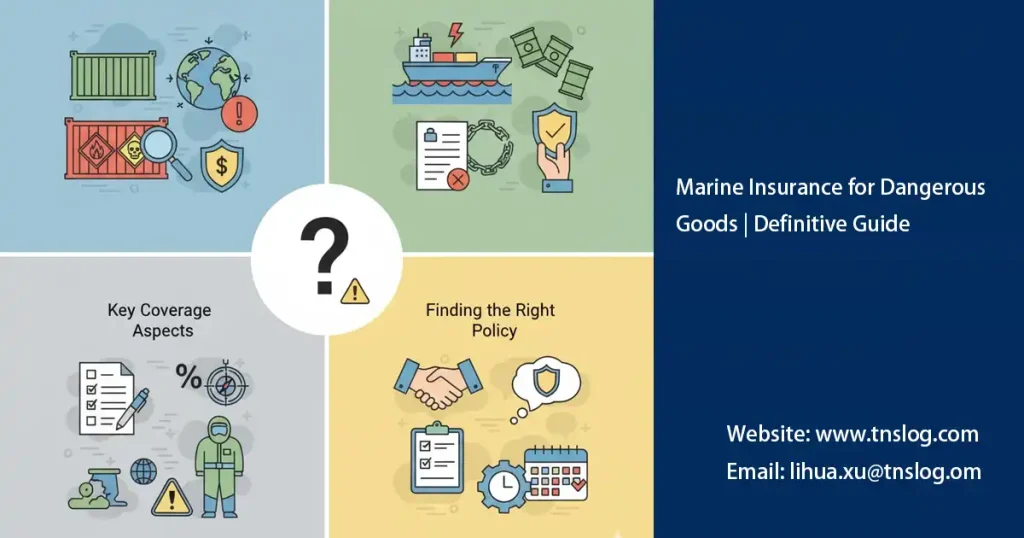
Marine Insurance for Dangerous Goods | Definitive Guide Transporting dangerous goods—whether chemicals, flammable liquids, or other hazardous materials—requires careful planning and comprehensive insurance. Are you confident your shipment is fully protected against the risks of handling, storage, and transit? Marine insurance for dangerous goods is not just regulatory compliance; it’s a critical safeguard for your […]
Marine Insurance for High-Value Cargo
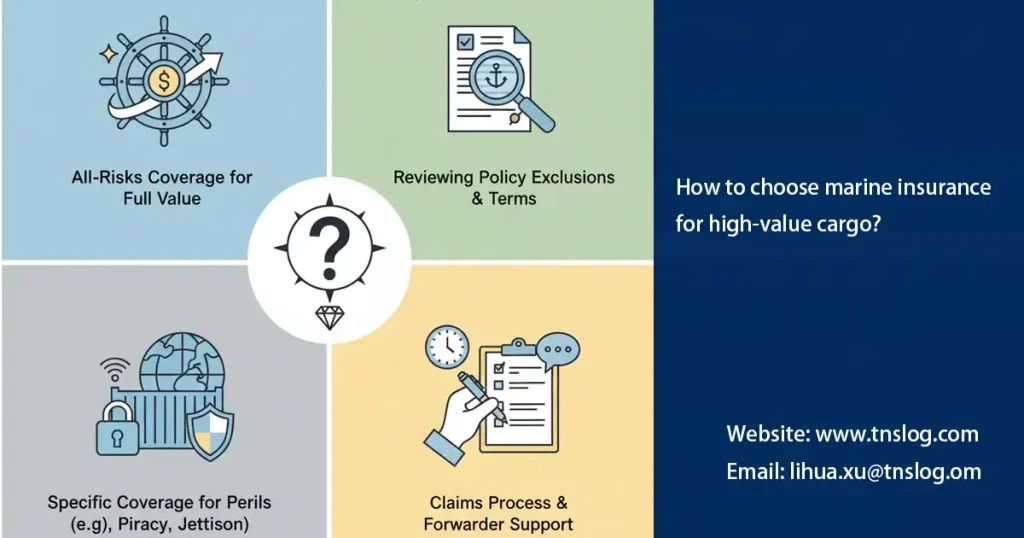
How to choose marine insurance for high-value cargo? When your cargo is worth hundreds of thousands or even millions of dollars, do you truly understand whether ordinary marine insurance can cover all your risks? Do you know that in the event of damage or loss, complex claims processes and missing documentation can lead to claims […]
How to Choose the Right Freight Forwarder for Insured Shipments?
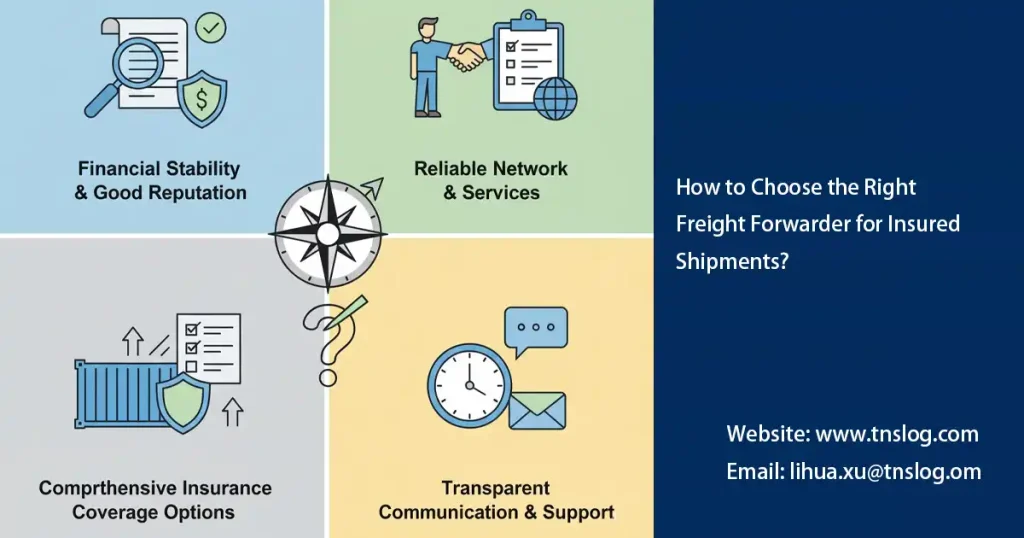
How to Choose the Right Freight Forwarder for Insured Shipments? Choosing a freight forwarder is one of the most critical decisions for any exporter or importer. But when your cargo is insured, the decision becomes even more important. A freight forwarder who understands insurance—not just logistics—can help you avoid losses, streamline claims, and ensure every […]
Common Misunderstandings About Freight Forwarder-Provided Insurance
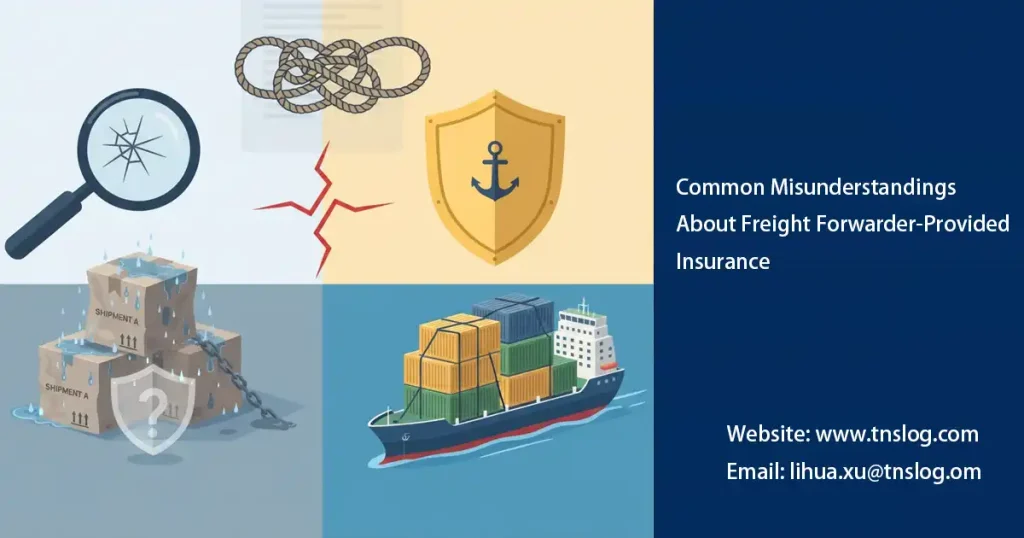
Common Misunderstandings About Freight Forwarder-Provided Insurance In international trade, freight forwarder-provided insurance is one of the most misunderstood aspects of logistics. Many shippers assume they’re automatically protected or that insurance is unnecessary—until a costly accident proves otherwise.This article clears up the most common misconceptions and explains how understanding freight forwarder insurance can protect your cargo […]
How Freight Forwarders Add Value with Cargo Insurance?
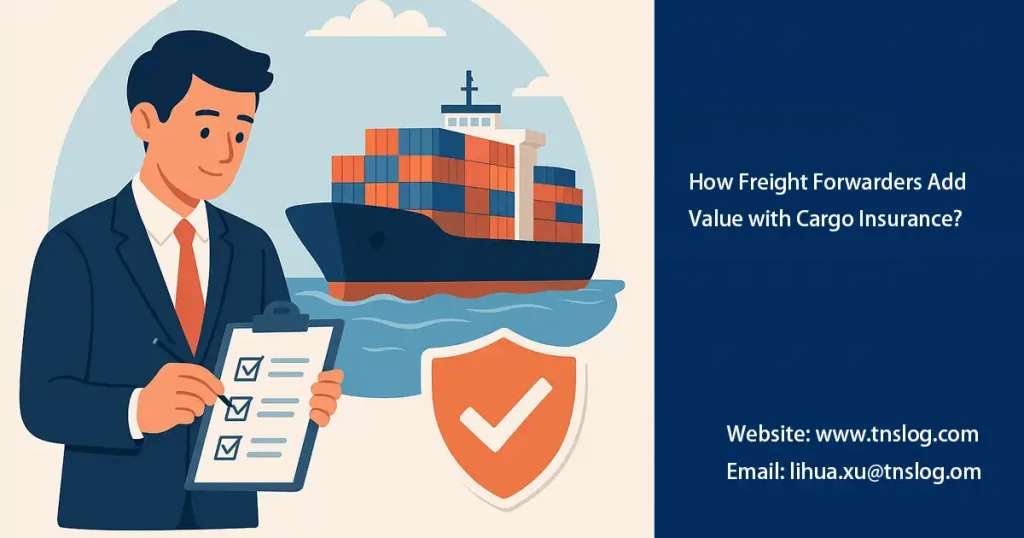
How Freight Forwarders Add Value with Cargo Insurance? Freight forwarders do far more than just arrange shipments—they play a vital role in protecting cargo value through insurance solutions. In global trade, risks such as rough seas, cargo theft, or handling damage can cause significant losses. A knowledgeable freight forwarder not only helps clients buy suitable […]
Why You Should Buy Marine Insurance Through Your Freight Forwarder?

Why You Should Buy Marine Insurance Through Your Freight Forwarder? Shipping goods across international waters involves countless uncertainties—storms, handling errors, theft, or even container loss at sea. When cargo damage happens, an improperly arranged marine insurance policy can leave you struggling with denied claims and heavy financial loss. Buying marine cargo insurance through your freight […]
Real-Life Case Studies of Successful Marine Insurance Claims
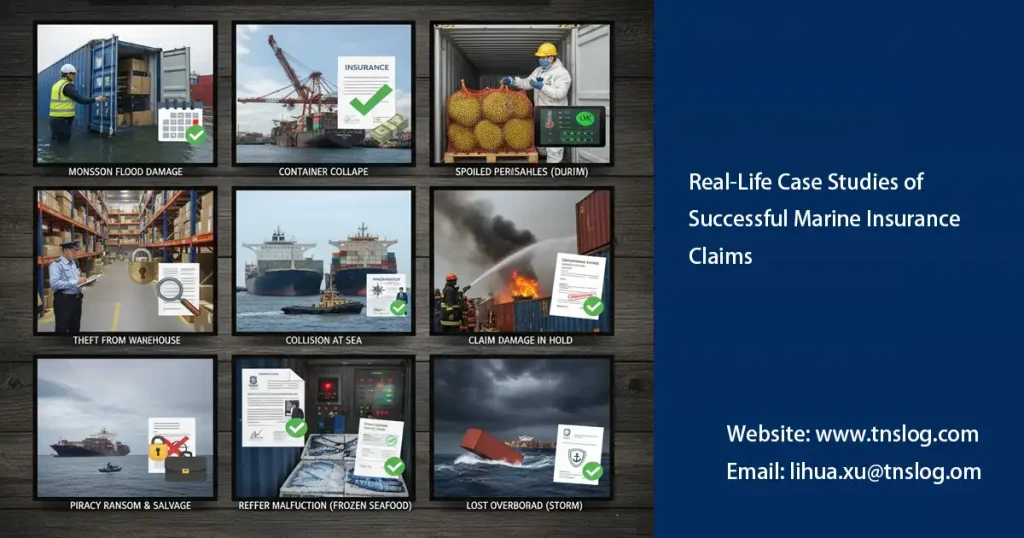
Real-Life Case Studies of Successful Marine Insurance Claims When cargo is lost or damaged at sea, the difference between a rejected and a successful insurance claim often lies in preparation, documentation, and communication.The following real-life case studies illustrate how marine insurance claims are handled successfully—and what best practices can help ensure fair compensation in future […]
